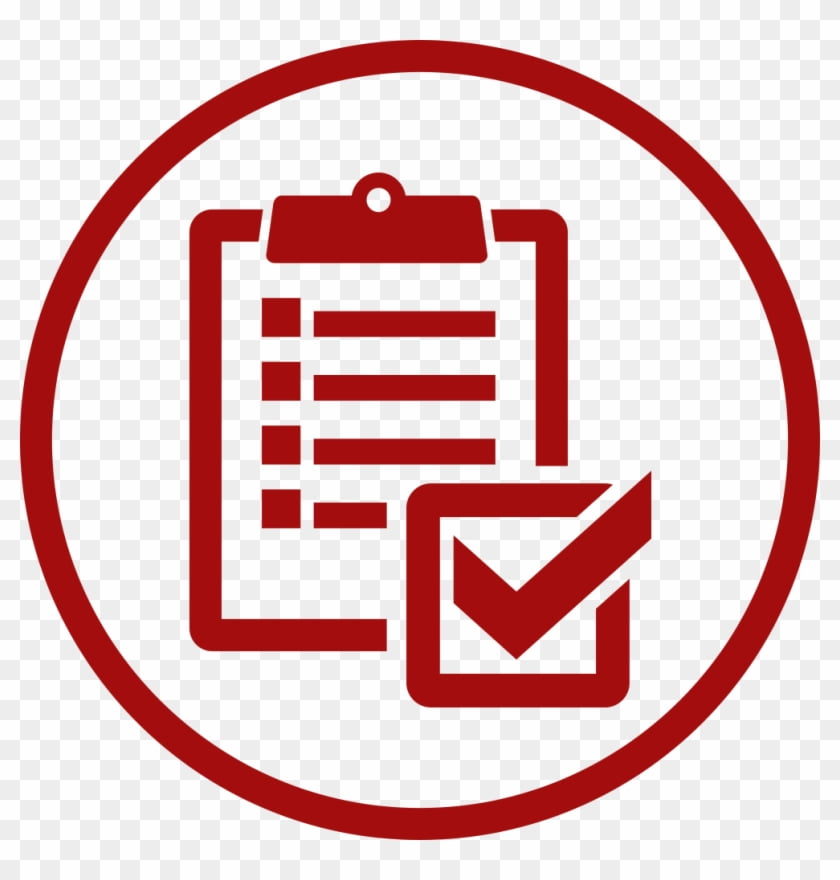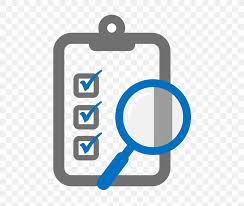How to Implement a Thriving Customer Loyalty Program
In the relentlessly competitive modern business environment, cultivating a loyal customer base is not merely an advantage, but a strategic imperative. A well-designed customer loyalty program serves as a cornerstone for achieving this, effectively incentivizing repeat purchases and fostering a robust, enduring connection between customers and the brand. These programs extend beyond simple transactional relationships, nurturing emotional bonds that drive long-term engagement and advocacy. This article explores the essential steps to successfully implement a customer loyalty program, enriched with practical examples and professional insights, emphasizing the application of key marketing and behavioral economic principles.
1. Deep Dive into Market Research
Before embarking on the design of a loyalty program, a comprehensive understanding of the target audience's preferences, expectations, and motivations is crucial. This necessitates thorough market research, employing methodologies such as surveys, focus groups, and analysis of customer data. Market research provides invaluable insights into the incentives that resonate most powerfully with the target demographic. For instance, a study might reveal that a younger demographic values experiences and personalized offers, while an older demographic prioritizes discounts and exclusive access. Understanding these nuances enables businesses to tailor their loyalty programs for maximum impact.
2. Customer Segmentation: Personalization at Scale
Once the target audience is identified, the next step is to segment the customer base. Customer segmentation involves categorizing customers based on shared characteristics such as demographics, purchasing behavior, psychographics, or loyalty level. This allows for the creation of personalized experiences and targeted rewards that resonate with each segment. Customer Journey Mapping can be particularly useful here. For example, high-value customers might receive exclusive invitations to VIP events or personalized product recommendations, while infrequent purchasers might be offered incentives to encourage more frequent engagement.
3. Defining Clear, Measurable Objectives
The foundation of any successful loyalty program lies in clearly defined objectives. Are you primarily aiming to enhance customer retention rates, encourage upselling and cross-selling, attract new customers, or increase brand advocacy? Defining these objectives upfront is crucial for maintaining focus and accurately tracking the program's performance. These objectives should be SMART (Specific, Measurable, Achievable, Relevant, and Time-bound) to ensure effective management and evaluation. For instance, a specific objective might be to increase repeat purchase rates by 15% within the next quarter.
4. Choosing the Right Rewards: Applying Behavioral Economics
The selection of rewards is a critical determinant of a loyalty program's success. Rewards should be enticing and aligned with the preferences of the target audience. Principles of behavioral economics can be applied here to maximize the perceived value of the rewards. For example, the "endowment effect" suggests that people place a higher value on things they already own; therefore, offering a small, immediate reward upon enrollment can create a sense of ownership and encourage continued participation. Similarly, the "loss aversion" principle suggests that people are more motivated to avoid losses than to acquire equivalent gains; highlighting the potential benefits that customers might miss out on by not participating can be a powerful motivator. Consider also the concept of "active listening" to understand unspoken customer needs and desires, as discussed in Active Listening: The Key to Unlock Negotiation Excellence.
5. Leveraging Technology for Seamless Management
Effective implementation of a customer loyalty program necessitates robust technological support. Customer Relationship Management (CRM) systems and dedicated loyalty program management software are invaluable tools for tracking and managing customer interactions, reward accumulation, and redemption. These systems enable businesses to automate processes, personalize communications, and gain valuable insights into customer behavior. Furthermore, integrating the loyalty program with e-commerce platforms and mobile apps provides customers with a seamless and convenient experience.
6. Gamification: Enhancing Engagement Through Play
Incorporating gamification elements into a loyalty program can significantly enhance customer engagement and enjoyment. Gamification involves applying game-design principles and game mechanics in a non-game context. Examples include awarding badges or levels based on purchase milestones, creating leaderboards, or offering challenges and quests. These elements evoke a sense of achievement, competition, and progress, motivating customers to reach higher tiers and increase their engagement with the brand. This approach leverages intrinsic motivation, tapping into customers' inherent desire for achievement and recognition.
7. Effective Communication: Keeping Customers Informed
Regular and effective communication is essential for maintaining customer awareness and engagement with the loyalty program. Utilize various channels, such as email, social media, SMS, and in-app notifications, to keep customers informed about the program's benefits, updates, promotions, and exclusive offers. Personalize these communications to resonate with individual customers' preferences and behaviors. Moreover, ensure that communication is timely, relevant, and valuable to avoid overwhelming customers or being perceived as spam.
8. Strategic Partnerships: Expanding Reach and Value
Collaborating with complementary businesses can enhance the value and reach of a loyalty program. Partnering with businesses that share a similar target audience or offer complementary products or services allows for joint rewards, cross-promotions, and exclusive collaborations. This strategy not only increases the attractiveness of the loyalty program but also expands the customer base through cross-promotion and referral programs. For example, a coffee shop might partner with a local bakery to offer a discount on a pastry when a customer redeems loyalty points for a coffee.
9. Seamless Online Experience: Frictionless Engagement
In today's digital landscape, a seamless online experience is paramount. Ensure that the loyalty program is seamlessly integrated with the company's website and mobile app, allowing customers to easily access their accounts, track their points, redeem rewards, and manage their preferences. The online experience should be intuitive, user-friendly, and optimized for mobile devices. Any friction or technical issues can lead to frustration and disengagement, undermining the program's effectiveness. Consider how transparent communication, as highlighted in 15 Proven Ways to Build Trust Through Transparent Communication, can enhance trust in the online experience.
10. Data-Driven Analysis and Performance Measurement
Regularly analyze the loyalty program's performance by tracking key performance indicators (KPIs) such as customer retention rate, average order value, repeat purchase rate, and customer lifetime value. This data provides valuable insights into the program's effectiveness and identifies areas for improvement. Utilize analytics tools to segment customers, track their behavior, and measure the impact of different rewards and incentives. Data-driven insights enable businesses to make informed decisions and optimize their loyalty programs for maximum return on investment. This aligns with the principles of KPIs: Measuring and Driving Organizational Success.
11. Referral Incentives: Leveraging Word-of-Mouth Marketing
Encourage customers to refer their friends and family to the brand by offering additional rewards for successful referrals. Word-of-mouth marketing is a powerful tool for acquiring new customers, and leveraging it through the loyalty program can drive organic growth. Referral programs can be structured in various ways, such as offering bonus points, discounts, or exclusive access to events for both the referrer and the referred customer. The key is to make the referral process easy and rewarding for all participants.
12. Exceptional Customer Service: Building Loyalty Through Support
Excellent customer service is an indispensable component of any successful loyalty program. Train the customer service team to provide prompt, personalized, and empathetic assistance to customers participating in the program. Empower them to resolve issues quickly and efficiently, and to go the extra mile to exceed customer expectations. Exceptional customer service fosters trust, strengthens relationships, and reinforces the value of the loyalty program.
13. Surprise and Delight: Creating Memorable Experiences
Periodically surprise loyal customers with unexpected rewards, personalized messages, or exclusive experiences to demonstrate appreciation and strengthen their emotional connection with the brand. These "wow" moments create lasting impressions and generate positive word-of-mouth. Examples include sending a birthday gift, offering a free upgrade, or inviting a customer to a private event. The key is to be genuine, thoughtful, and relevant to the customer's individual preferences.
14. Continuous Improvement Through Feedback
Actively solicit feedback from customers and use it to continuously improve the loyalty program. Utilize surveys, focus groups, social media monitoring, and customer service interactions to gather insights into customer perceptions, preferences, and pain points. Analyze this feedback to identify areas for improvement and to adapt the program to meet evolving customer needs. Demonstrate a commitment to listening to customers and incorporating their suggestions, fostering a sense of ownership and loyalty.
15. Security and Trust: Protecting Customer Data
Implement robust security measures to protect customers' data and ensure a secure redemption process. Safeguarding personal information builds trust and confidence in the loyalty program. Comply with all relevant data privacy regulations and be transparent about how customer data is collected, used, and protected. Regularly audit security systems and procedures to identify and address potential vulnerabilities. Demonstrating a commitment to data security is essential for maintaining customer trust and avoiding costly data breaches.
Conclusion and Recommendations
Implementing a successful customer loyalty program requires a strategic, customer-centric approach that integrates market research, behavioral economics, and robust technology. By defining clear objectives, selecting appropriate rewards, leveraging gamification, and providing exceptional customer service, businesses can foster long-term customer relationships and drive sustainable growth. Continuous analysis, feedback, and improvement are essential for optimizing the program's performance and adapting to evolving customer needs. A critical aspect often overlooked is the integration of Emotional Intelligence within the loyalty program's communication and customer service strategies. As discussed in Emotional Intelligence: Boosting Team Performance Through Communication Skills, understanding and responding to customers' emotional states can significantly enhance their connection to the brand.
Recommendations: Businesses should prioritize personalization, offering tailored rewards and experiences that resonate with individual customer preferences. They should also invest in technology that enables seamless integration, automation, and data-driven decision-making. Furthermore, they should foster a culture of customer centricity throughout the organization, empowering employees to deliver exceptional service and build meaningful relationships with customers. Consider also how strategies for Diversifying Revenue Streams can be integrated into a loyalty program, offering customers rewards for exploring new products or services.
Impact and Applicability: A well-executed customer loyalty program can have a profound impact on business performance, increasing customer retention rates, boosting revenue, and enhancing brand reputation. The principles and strategies outlined in this article are applicable to businesses of all sizes and across various industries. However, it is essential to tailor the program to the specific needs and characteristics of the target audience and the business context.
Further Research: Future research could explore the impact of emerging technologies, such as artificial intelligence and blockchain, on customer loyalty programs. Additionally, research could investigate the effectiveness of different gamification strategies and the role of social media in fostering customer engagement and advocacy.
Related Articles
- Active Listening: The Key to Unlock Negotiation Excellence
- Customer Journey Mapping: Optimize Sales and Marketing Performance
- KPIs: Measuring and Driving Organizational Success
- 15 Proven Ways to Build Trust Through Transparent Communication
- Emotional Intelligence: Boosting Team Performance Through Communication Skills
- Diversifying Revenue Streams: Proven Strategies for Business Growth
Reader Pool:
In what ways can businesses adapt their customer loyalty programs to cater to the growing demand for personalized and socially responsible experiences?
```




